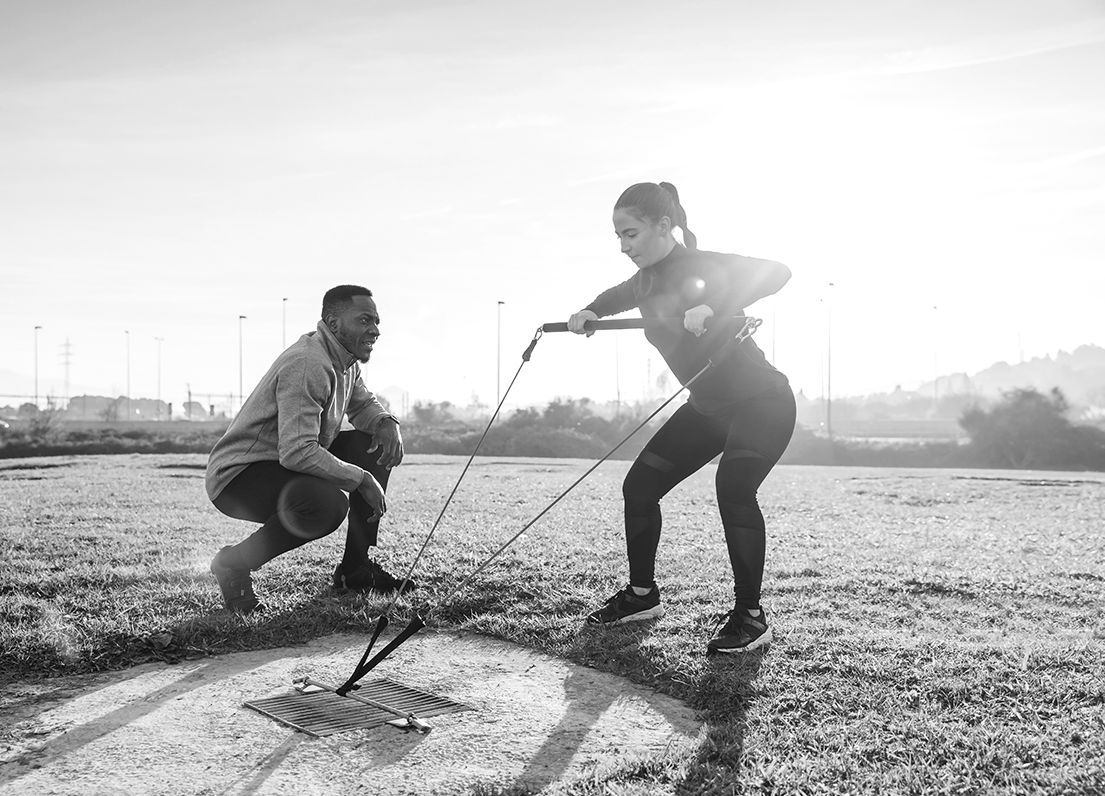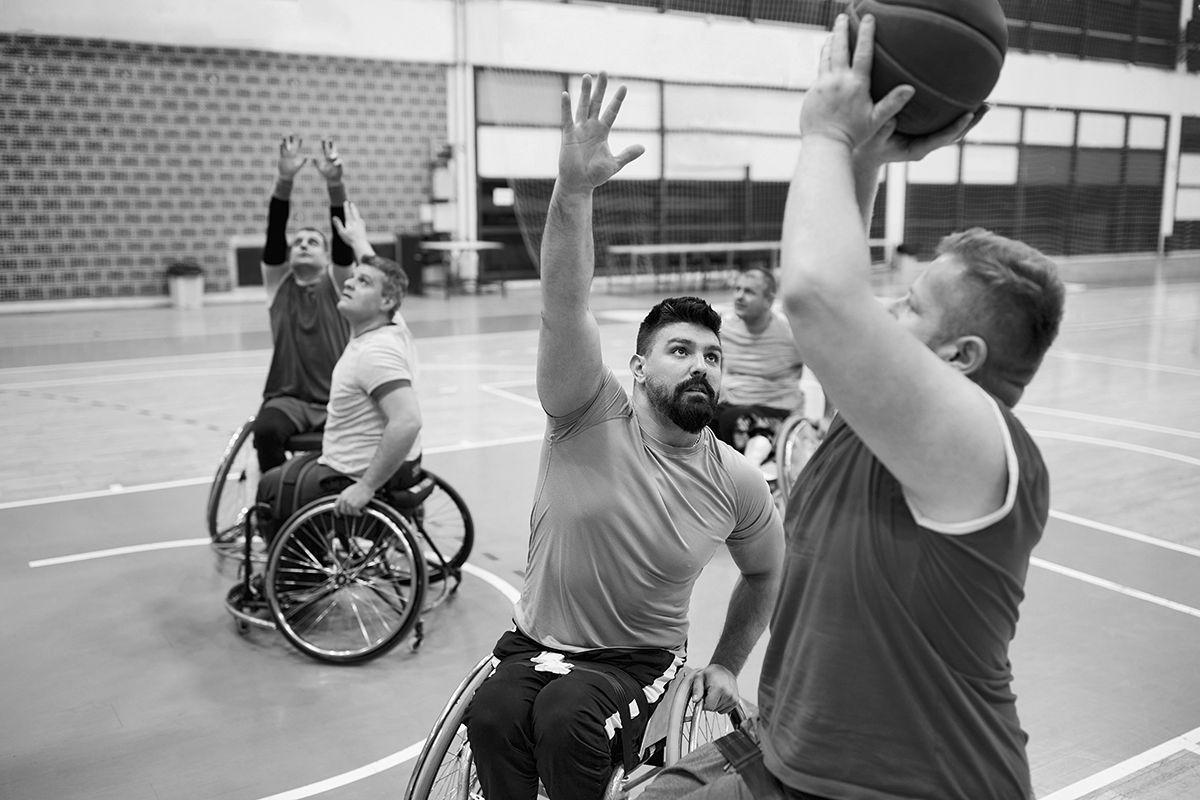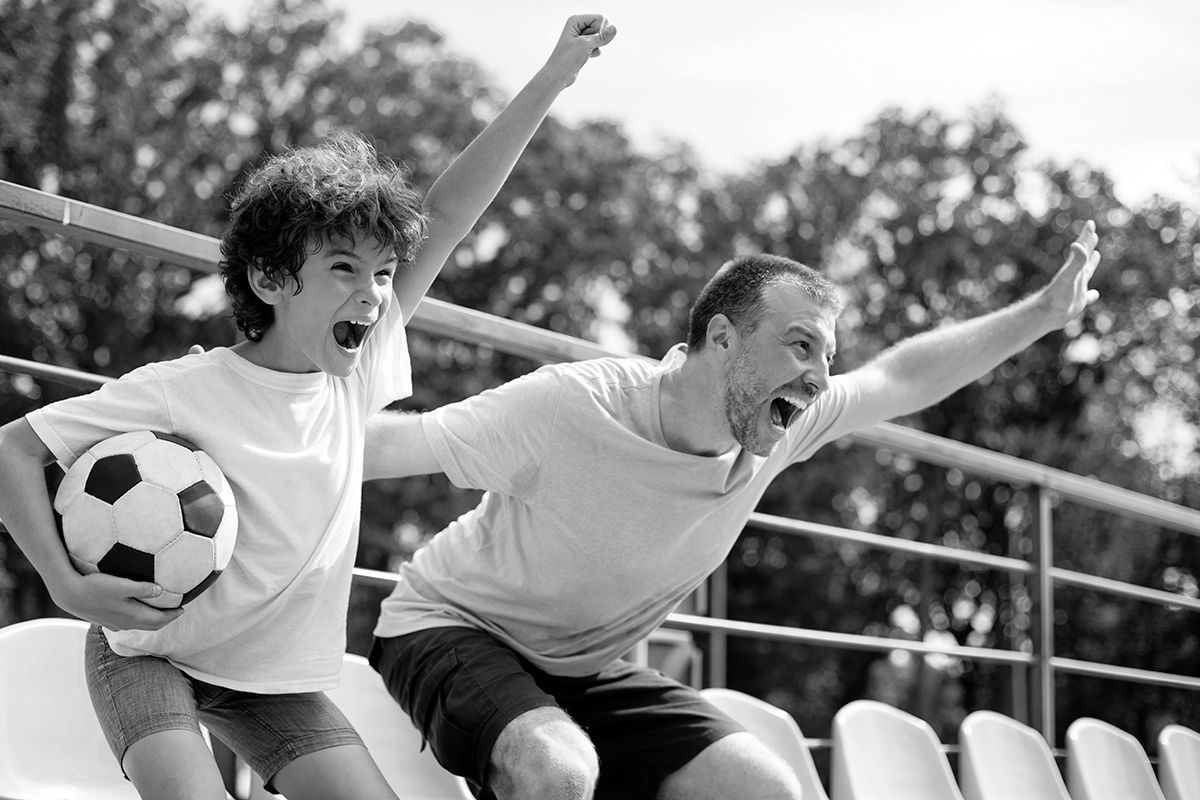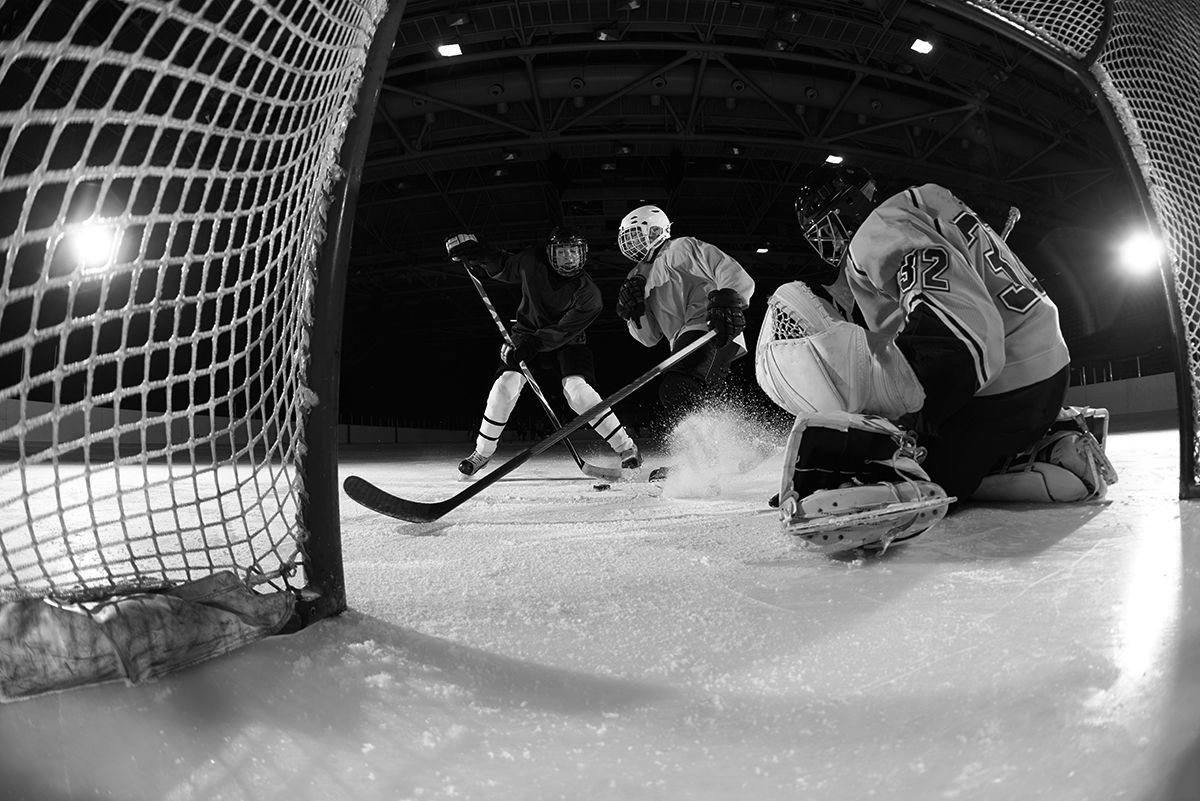ENVIRONMENTS

Coaching takes place not in isolation but in complex work, social and training environments, all of which can impact on athlete training and performance. Understanding and shaping these worlds is important. E.g.
ENVIRONMENT TRIGGERS
- Map out how athletes move through environments when training
- Review the environments to understand what impacts athletes positively and negatively
- Seek to change environments in ways that might improve training and performance

COACHING
Athletes spend a lot of time in coaching environments. Setting the right environments for this is essential for effective coaching. E.g.
- Build strong relationships with athletes in coaching environments
- Understand how athletes relate to each other and their coaches
- Create inclusive environments that involve everyone equally

TEAM
The team environment is the climate in which athletes perform, and setting the right environment is a pre-requisite for good athlete performance. E.g.
- Build the necessary support structures for athletes
- Develop and maintain support networks, and offer guidance for these networks to be effective
- Grow the safe spaces needed for more effective athlete learning and developments

HOME
Home life can impact on athlete training in different ways. Ensuring a supportive environment can contribute to good athlete performance. E.g.
- Align athlete training with their home lives, to minimize possible problems
- If needed, involve people from home in an athlete’s training program
- Make people from home part of the wider coaching team, giving them clear roles to undertake

PARENTS OF ATHLETES
Parents can provide the support that is often needed by younger athletes. Work with parents to provide positive contributions to training. E.g.
- Seek to understand the complex athlete-parent relationships
- Build strong relationships with the athlete’s parents
- Encourage these parents to understand the athlete’s sport
- Explore to what extent parents can participate in training, and encourage them to participate more

COACHING FACILITIES
Facilities shape the wider coaching climate; it’s therefore important to recognize their role and impact on athlete motivation and performance. E.g.
- Seek alternative or more appropriate spaces to train in
- Adapt the training facilities to the athlete’s individual needs
- Use stand-in facilities and people as opponents during training



